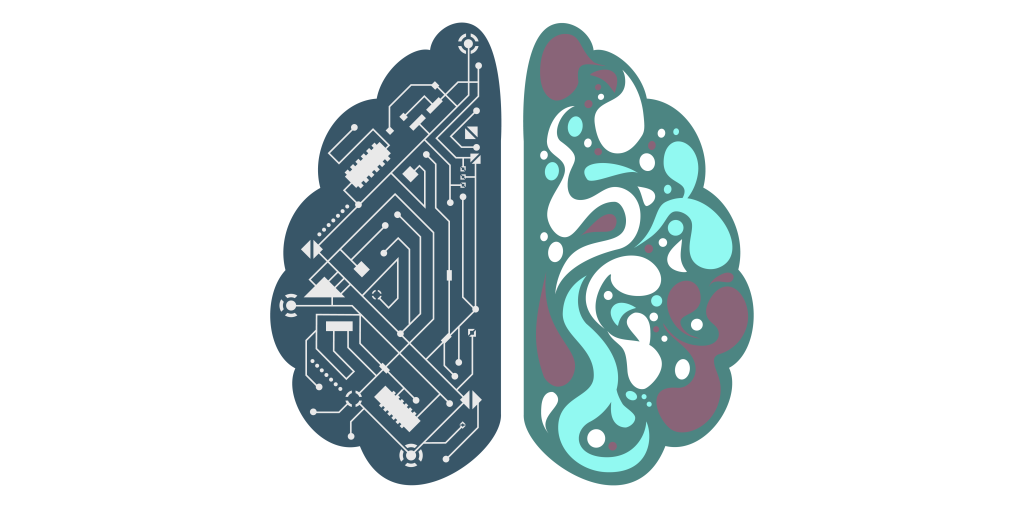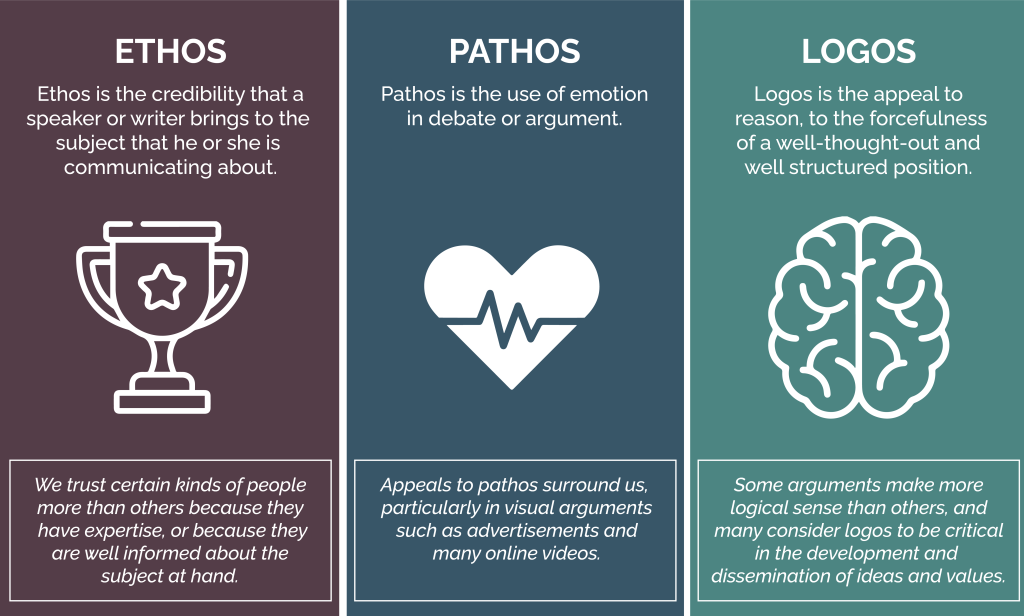What is the best way to understand your users? How can you make the most of the data you have on your users? And what steps can you make to enhance your overall design development process?
These are some of the most important questions being asked by designers and within UX design teams. One of the best ways to answer these questions is turning to a design tool and technique called Persuasive Design. In this blog, we’ll be exploring everything you need to know about persuasive design.
What is Persuasive Design?
Persuasive design is a fascinating practice area within the world of design that focuses on influencing user behavior through the characteristics of a product or service. It is a tool based on social and psychological theories used throughout e-commerce, retail, and organizational management.
The persuasive design has proven to be an effective tool in several fields because it can target a group’s long-term engagement. With the persuasive design, you can encourage continued custom by understanding how your users operate and how they might behave with your product or service.
The Psychology of Persuasive Design
The psychology of persuasive design is not complicated, nor is it evil. It is a tool, like any other, that can be used for good and misused by bad actors. It is essential to know that with targeted research and thoughtful application, that persuasive design can be a crucial element in the toolkit of any designer.
To truly understand the psychology of persuasive design, you have to understand how persuasion works and how persuasion functions in the context of design. So let’s take a look at this trinity of persuasion.

The Trinity of Persuasion
Everyone is familiar with the concept of persuasion. It is a communication technique used every day in every part of our lives. Yet many people may not understand how persuasion works. For designers, it is important to understand how persuasion functions because it is a key element in getting users to engage with and enjoy your designs.
The Trinity of Persuasion is made up of Logos, Pathos, and Ethos:
1. Logos – Appealing to Logic
A persuader relies on facts and figures to convince their audience by appealing to logic. Instead of emotion, they turn to experts and reputable sources to support their ideas and features. This logical, practical, and solid approach is an important part of persuasion for many people.
2. Pathos – Appealing to Emotions
On the opposite side of logic, you’ll find emotion. In the context of persuasion, pathos is about appealing to emotions. To some people, facts and figures are cold, lifeless, and challenging to connect with. This is where pathos can come in.
Pathos is about delivering a persuasive argument in a way that appeals to your audience’s emotions. You might want to start with logic and then drive the point home with an emotional statement or an emotional story. In design, you have to be aware of this emotional element and understand how important stories are to how we interact with products, services, and sites.
3. Ethos – Appealing to Ethics, Morals, and Character
Beyond logic and emotion, there is the concept of ethos. In the context of persuasive design, ethos is about recognizing and appealing to the ethics and morals of your audience and user base. In the current market, consumers are more conscious than ever about where their products and services come from and how they are made. You will succeed if you can create a design that appeals to your audience’s moral and ethical sensibilities.

All three elements of persuasion are crucial factors to consider when thinking about persuasive design.
- How are your designs supported by the latest research and studies?
- How does your design tell a story and connect with users on an emotional level?
- What is the context of your product or service? What is the ethical or moral story behind your design and creation process?
Ethos, pathos, and logos interweave throughout the design process, and when they work in harmony, they can be very persuasive. To learn more about persuasive design, check out this video by Dr. Eric Schaffer, “The Process of Persuasive Design in Six Steps.”.
Your Persuasive Design
Persuasive design is a valuable tool that various designers can use in several ways. Once you understand the trinity of persuasion, you will be better able to make the most of this design tool.
Remember, persuasion is not deception. As with every step of the design process, persuasive design is about understanding and pleasing your users and customers.
Your persuasive design will be different from your competitors because it will be infused with your personality, skills, and goals. If you’re keen to try out persuasive design, now’s the time to get started!
To learn more about persuasive design and the world of UX, please get in touch with our UX experts.
Nothing found.